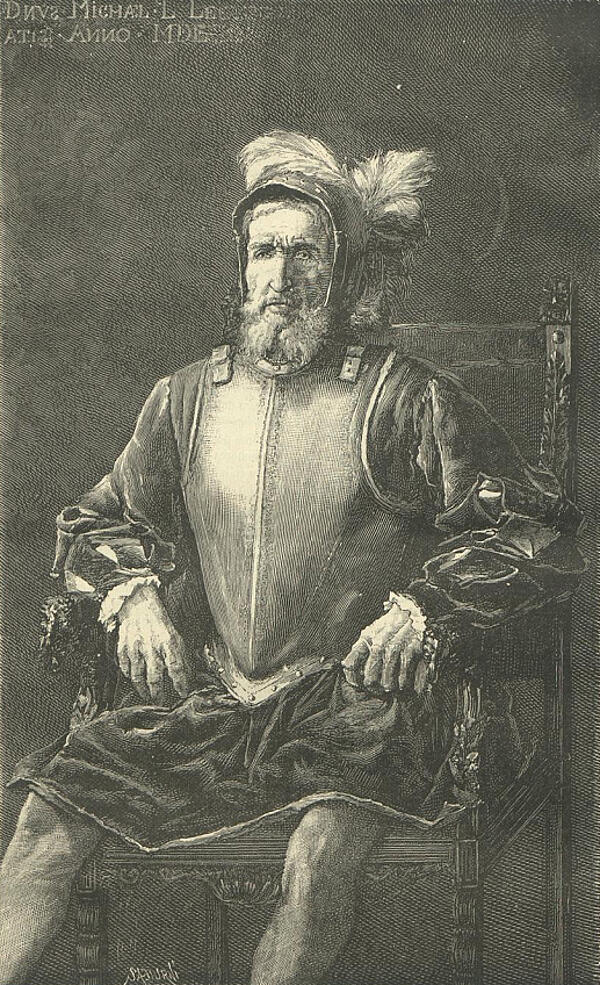Philip II conquest
The expedition of explorer Roy López de Villalobos was a turning point for the Philippines, not least because he renamed the islands of Leyte and Samar Las Islas Filipinas, which eventually transformed into the archipelagos modern name. The name was given to the islands in honour of Philip of Austria, the Prince of Asturias, who became Philip II of Spain on 16th January 1556 following his father Charles I of Spain’s abdication of the throne.
Once Philip became king, and upon his return from Brussels in 1559, he immediately ordered an expedition to the Spice Islands in a bid to “discover the islands of the west”. However, his main motive was later revealed to have been a desire to conquer the Philippines and take them for Spain once and for all.

On the orders of Philip II, an expedition of just 500 men departed from New Spain, led by Spanish navigator Miguel López de Legazpi. The party arrived off Cebu on 13th February 1565 and, in spite of relatively few soldiers and Cebuano opposition, managed to conquer the city and build a settlement.
But he didn’t stop there. In 1569, Legazi travelled to Panay to found a second settlement on the bank of the Panay River. From here he began to assert his authority across the region, sending his grandson Juan de Salcedo to Mindoro to punish the Muslim pirates who had been attacking Panay villages. His grandson also destroyed forts on the local islands, strengthening his grandad’s hold.
In 1570, the wave of Spanish colonisation spread even further with the help of soldier Martín de Goiti, who conquered the Kingdom of Maynila in spite of its connections with the Sultanate of Brunei. Legazpi decided that Maynila would become the capital of the Philippines and altered its name to Manila, before appointing himself the first governor-general of the islands. This marked a turning point for the Philippines, prompting the start of increasing trade and connections with the rest of the world.
MLA Citation/Reference
"Philip II conquest". HistoryLearning.com. 2026. Web.
